CaixaForum and the Pompidou Center in Paris offer a visual essay on the political and social history of the city through 232 works by 66 creators
[Sponsored content]
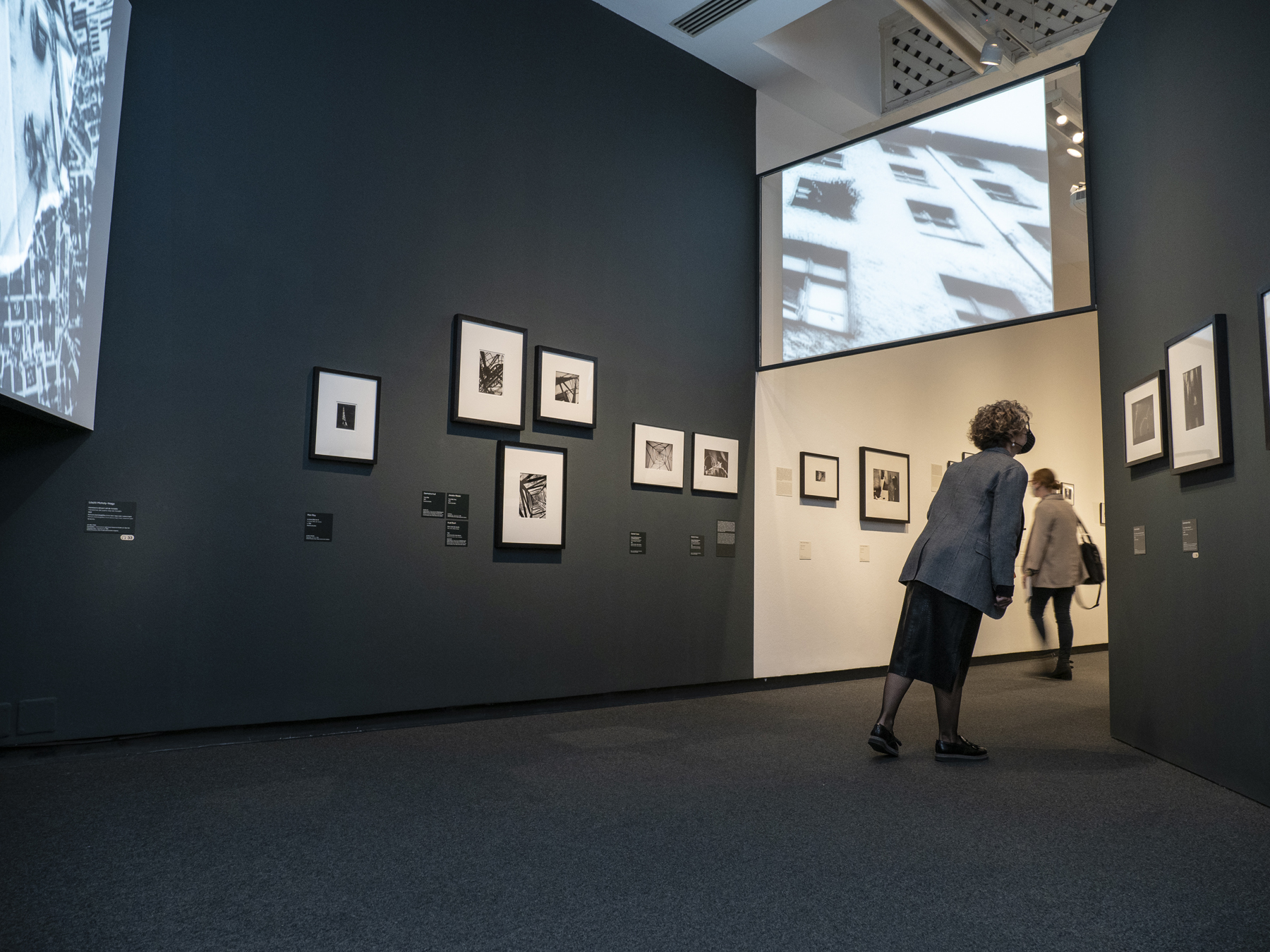 The history of photography and the moving picture intersect with the social and political history of cities: their euphoria, loneliness, riots and struggles, even the melancholy generated by their decline and the changes that the pandemic has recently brought about. “Camera and city. Urban life in photography and cinema” is the first exhibition resulting from the collaboration between CaixaForum and the Pompidou Center in Paris. An exhibition in which photographers and filmmakers have created a visual imaginary, fixed and in motion, of the modern city, in which they pose different scenarios of urban life, currently shared by more than half of the world’s population.
The history of photography and the moving picture intersect with the social and political history of cities: their euphoria, loneliness, riots and struggles, even the melancholy generated by their decline and the changes that the pandemic has recently brought about. “Camera and city. Urban life in photography and cinema” is the first exhibition resulting from the collaboration between CaixaForum and the Pompidou Center in Paris. An exhibition in which photographers and filmmakers have created a visual imaginary, fixed and in motion, of the modern city, in which they pose different scenarios of urban life, currently shared by more than half of the world’s population.
“Camera and city” lands in CaixaForum Palma after reaching Barcelona and Madrid
A total of 232 works by 66 artists make up a journey through the history of urban photography with images, films, videos and printed material that span more than a century, from the 1910s to 2020. An intense dialogue between the pieces from the Pompidou archives and the main Spanish collections. The exhibition, curated by Florian Ebner, head of the Photography Department at the Pompidou Center, has the collaboration of Marta Dahó, PhD in Art History, who has advised on the selection of pieces that come from the Spanish collections.
From the vertical city to the pandemic
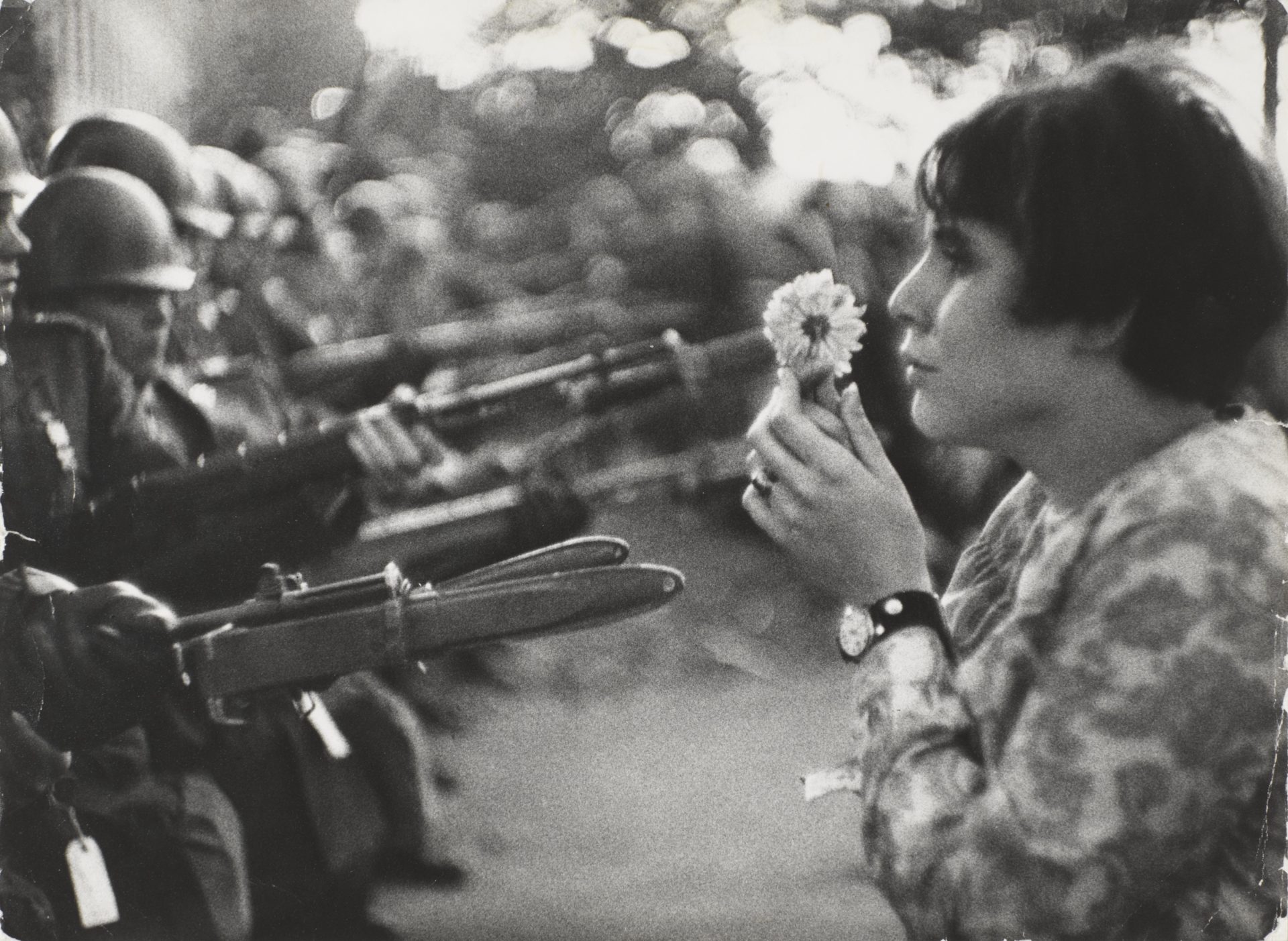
“La joven con la flor”, de Marc Riboud.
The exciting visual essay exhibited at CaixaForum Palma begins with the euphoria for modernity and the vertical city. It continues with the portrait of the new city actors; the militant city in the Spain of the 30s; the most humanistic city with reconciliation after World War II; the critical city of the 60s; rebellion against the established order; the city as a stage; the horizontal extension, which focuses on the suburbs; reflection on public space, and the global and virtual city of the 21st century. A final chapter reflects on the changes in urban space and the public sphere in times of pandemic.
“Camera and city. Urban life in photography and cinema” lands in CaixaForum Palma after its inauguration in Barcelona and its showing in Madrid. And it does so by adding unpublished material: a series of photographs about Israel and Palestine by Anne-Marie Filaire and a simultaneous one that captures a new street crossroads by Barbara Probst in the heart of Brooklyn.
The exhibition also has the “educator” figure, an expert who will resolve any questions or concerns to the visitors.

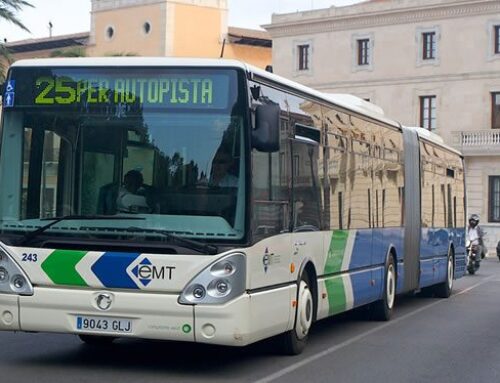
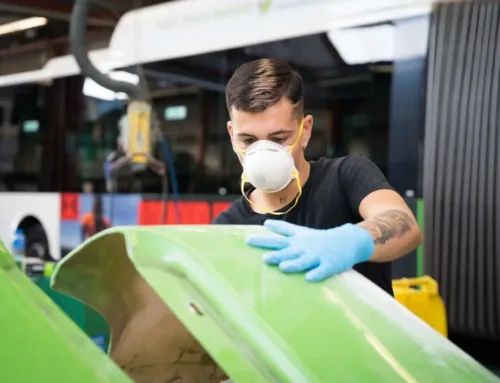
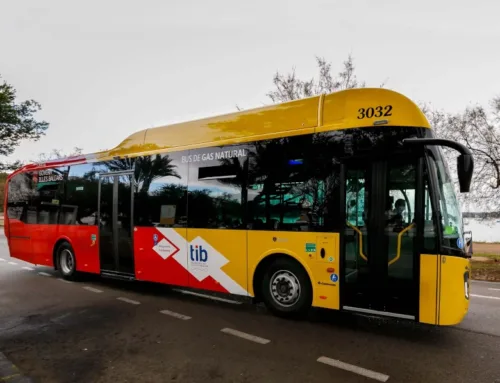
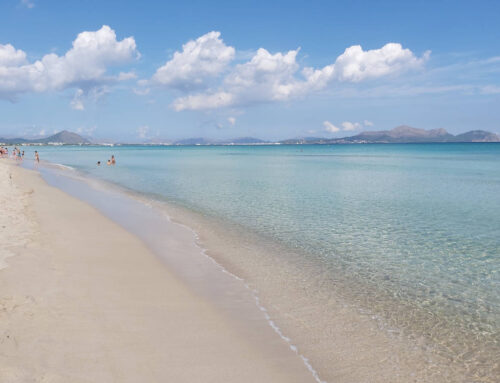
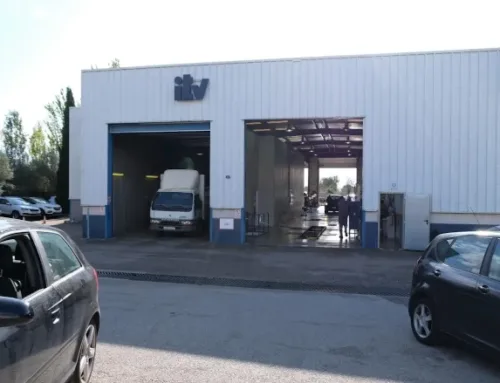

Leave A Comment